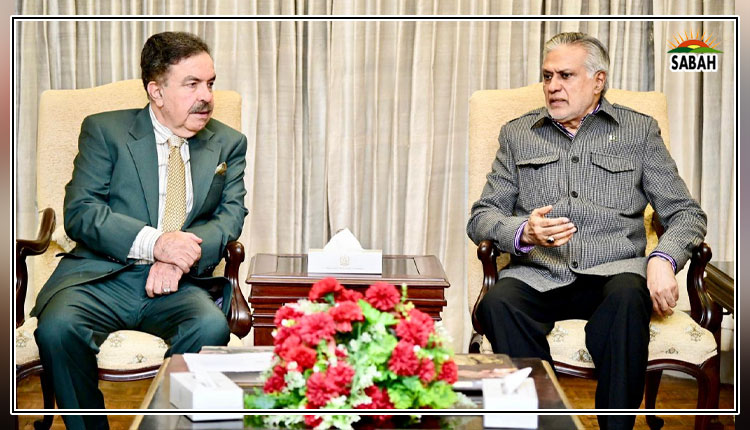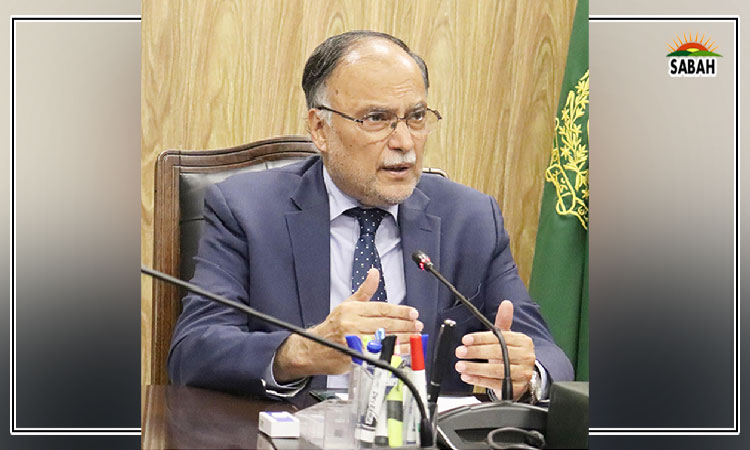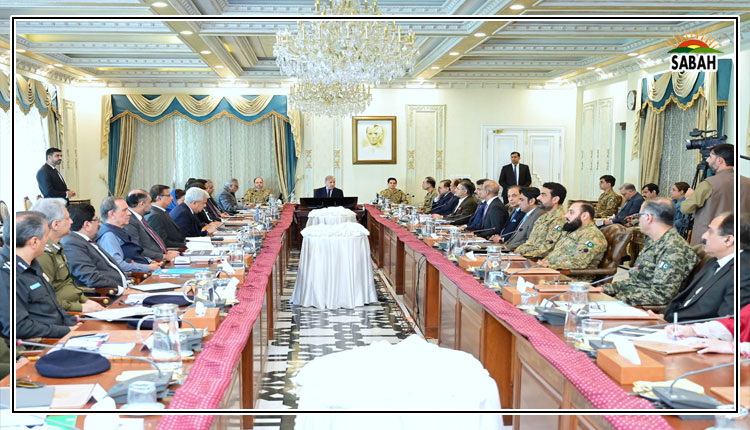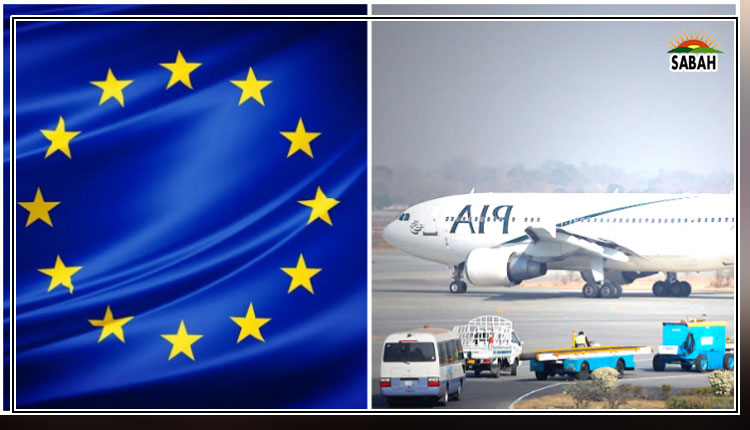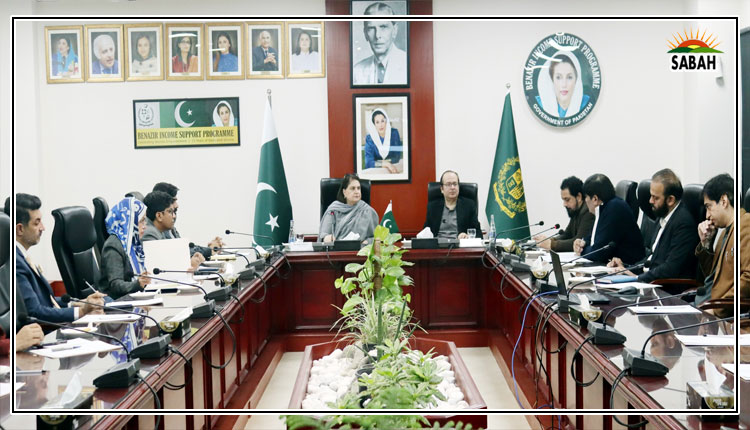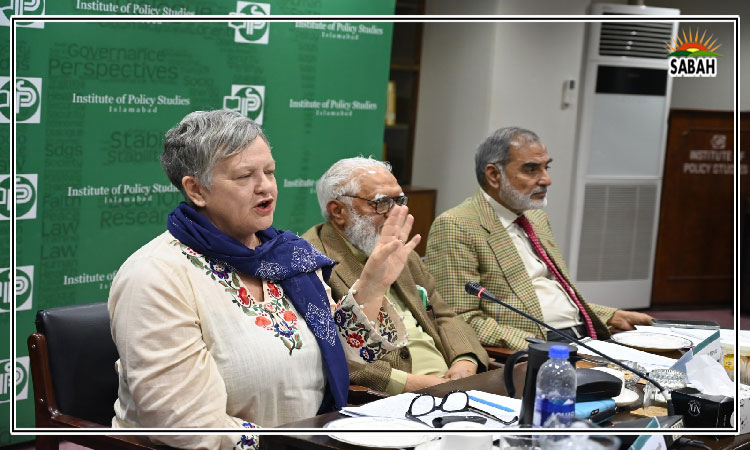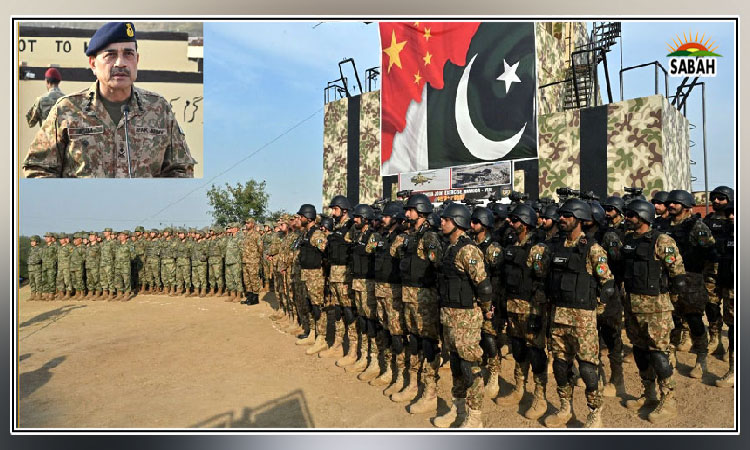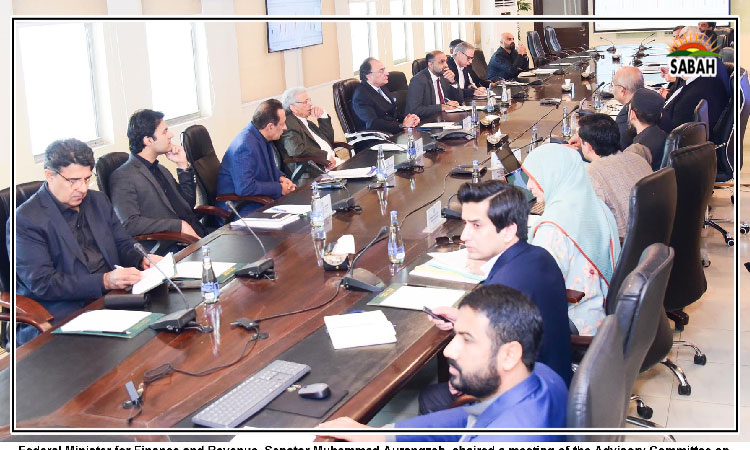The fever breaks…Khurram Husain
THE fever is breaking. Rarely have I seen so many indicators of the economy reverse their momentum in tandem, and so fast. From the start of this week, Pakistani bonds in international markets have rebounded from default level pricing to normal pricing, inflation peaked, the foreign exchange reserves rose by $500 million, the trade deficit fell, the stock market registered the sharpest single-day jump in its history and the exchange rate rose by Rs10 with possibly more gains to come.
Of course, not all of these changes were linked to the IMF deal announced last week. Inflation and the trade deficit data, for example, was for the full month of June. But the reversal in bond pricing, the stock market rally, the exchange rate adjustment and possibly the reserves increase, seemed to be connected with the successful completion of the IMF deal.
For the past 18 months, Pakistan has been in the throes of a turbo-charged power struggle that paralysed decision-making at the top while the economy veered dangerously close to a situation popularly being described as default. This toxic combination massive political uncertainty coupled with rapidly depleting foreign exchange reserves was fuelling a sense of drift. To outsiders, it looked like Pakistan was veering towards a cliff and nobody was in charge.
The looming election calendar made things worse. It seemed Pakistan would be without a strong leadership precisely at the time when the depletion of its foreign exchange reserves would reach crisis proportions (around October).
During the year 2022 and the opening months of 2023, I hosted more investor calls from holders of Pakistani debt than at any time in the past, a sign that foreign investors were trying hard to discern the direction in which the country was moving. In all of them, the questions I was asked were the same: will Imran Khan return to power? Will the government keep to the IMF programme?
By the end of June, the facts had answered both of these questions. Pakistani bonds began rallying in the third week of May once the defections from the PTI gained momentum and it became clear that the instability that had wracked Pakistans politics since early 2022 with Khans slash-and-burn bid for returning to power now looked set to recede. And the IMFs announcement of a Stand-by Arrangement for nine months starting from July cleared the air around the depletion of the reserves.
What followed was a rapid repricing of Pakistani assets both financial and fixed. And the result was a massive reversal in the erosion of the countrys asset prices that had priced in a near certainty of default in the next 12 months.
This is important to understand because none of it means the economy is out of the woods. What we have seen is not a turnaround in the fortunes of the economy. It is basically a repricing of its assets given the clarity around whether or not a sovereign default could occur in the next 12 months.
The Consumer Price Index, the main measure of inflation, showed slowing momentum not because the prices of goods and services began coming down; it slowed because prices last year had increased so rapidly that the increases this year appeared smaller relative to them.
Economists call this the base effect, because the CPI measures the prices of a basket of goods relative to what they were last year (and last month as well). The month-on-month change in the price level was a nominal drop of 0.3 per cent, which shows prices plateauing out rather than falling.
Looming large over the whole show is the question of debt. Pakistans external debt is growing faster than its ability to carry this debt. There are various reasons for this, and rectifying those is a long-haul job.
For the more immediate term, it is important to note that the build-up of debt service obligations is now so large that the countrys foreign exchange reserves deplete in less than a year if it is not on an IMF programme and receiving concessional inflows from bilateral partners like China and Saudi Arabia.
The reserves peaked at $20 billion in August 2021 and began their downward slide from there. By June 2022, they had dropped to $9.8bn despite nearly $5bn of borrowing in that fiscal year.
Had that borrowing not taken place, we would have landed up in our present predicament last year. Today, those reserves have dropped to $4bn, mainly because fresh borrowing was far lower on account of the troubles with the IMF programme, and also because debt-service payments were very large this year. This debt spiral has to break.
Increasingly, people are saying that debt restructuring will be necessary, and the sooner this is done the better it is. Those voices are worth paying attention to.
Meanwhile, virtually every commitment given to the IMF back in September, which Ishaq Dar came in promising to reverse, has had to be lived up to. The interest rate is at 22pc, the highest ever. The exchange rate crossed Rs300 to a dollar (open market) before dropping in recent days.
GDP growth came in close to zero. The revenue target had to be revised upward, and fresh taxes applied back in February. The country was brought to the edge of a near catastrophic situation, and for what? None of the pain and anxiety of the last nine months was necessary had we stayed the course from September.
Courtesy Dawn


